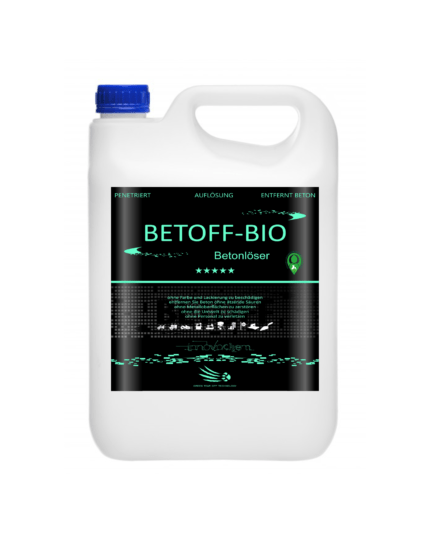How to remove discoloration from a concrete surface? The phenolic resin covering is exposed to strong sunlight, especially during summer, which might cause the concrete’s surface to turn brown. It is possible to reduce or even completely avoid this unfavorable surface effect.
Are they visible to you? After the formwork is removed, do those brown, occasionally curved, discolorations show up on the surface of the concrete? The bad news is that because phenolic resin plywood does not have UV resistance, discoloration is very certain to occur when using it, regardless of the provider. The good news is that if you follow a few easy actions, you can lessen or even prevent the damage.
Situation 1: You wish to lessen yellowing on plywood made with phenolic resin.
1 Reduce the amount of UV light that the phenolic resin coating is exposed to.
To shield the plywood from direct sunlight, store it upright so that the concrete surfaces are in contact with one another or cover the panels.
2 Watch out for contamination
Before pouring concrete, keep the formwork clean. Before using, clean the plywood’s surface of any dirt, corrosion, or fingerprints.
3 Modify the building schedule
Each panel’s tie rod should be loosened before being promptly removed from the concrete. If not, there’s a chance that the formwork panels will touch the concrete in some places and pull away from it in others. This may result in a space where condensed water, dirt, concrete or release agent residue, and/or dissolved phenolic resin can gather between the cured concrete and the formwork.
Scenario 2: You wish to get rid of the discoloration after using plywood with phenolic epoxy.
Sometimes a weak acid, such as formic acid that has been diluted, works well to erase discoloration from concrete surfaces. Professional cleaning supplies are an option (but it’s best to check with a concrete or stone cleaning firm beforehand). Another alternative is to use mechanical removal equipment, including grinding and repairing the concrete surface. Before beginning any removal work, it is best to evaluate the region first. This is because improper removal techniques could worsen the surface condition. They might even draw attention to flaws or make the concrete surface look worse.
Situation 3: You wish to completely avoid discoloration
Using an alternate thermoplastic plywood is, of course, the best approach to avoid discoloration due to phenolic resin.
WAYS TO CLEAN TEXTILE? WHAT LIQUID CAN BE USED TO CLEAN IT OF OIL, GREASE, AND OTHER CONTAMINATIONS?
The market for construction chemicals is flooded with solutions that can effectively remove dirt from concrete. The issue is that poisoning of the environment, human health, and animal health occurs throughout this procedure. For this reason, Innovachem has created a novel recipe that renders concrete safe for the environment and clean. BETOFF-BIO is a solvent that cleans concrete surfaces completely and effectively, derived from an indigenous plant.
BETOFF-BIO is used by cleaning businesses to clean joints, all kinds of stones, and facades. The only such liquid available on the market is BETOFF-BIO, whose ingredients and mixing process are kept under strict confidentiality. Moreover, cement-lime filth from windows, galvanized steel, plastic surfaces, and even rubber components can be cleaned with this solvent.

